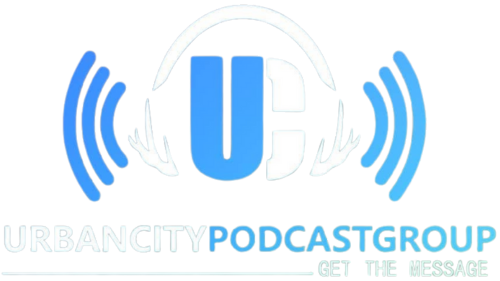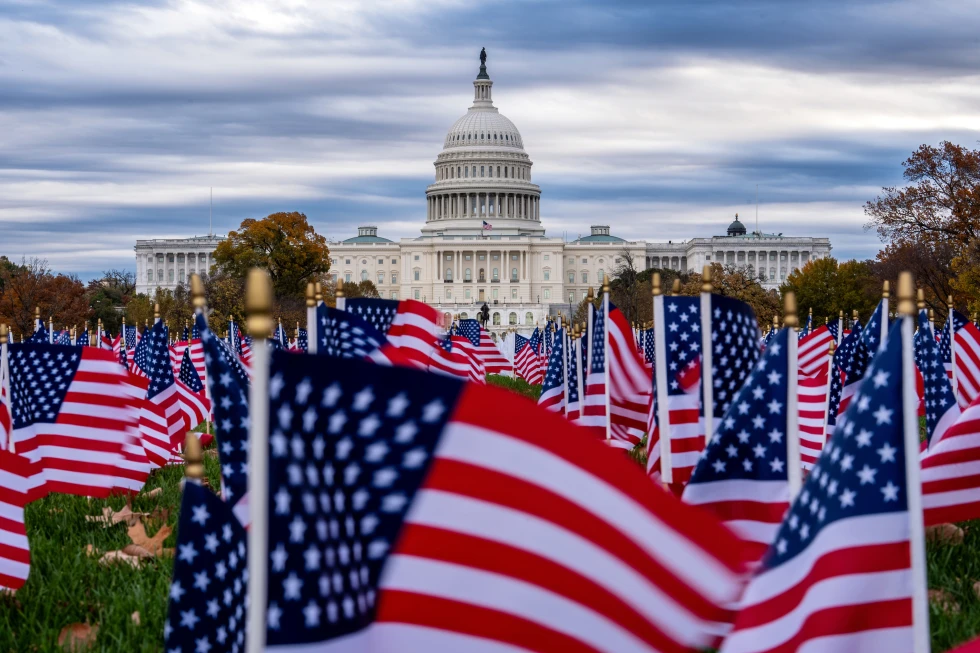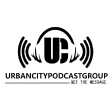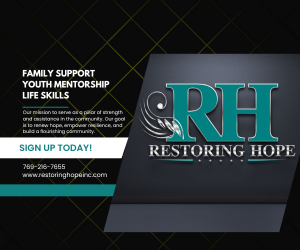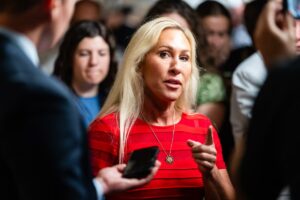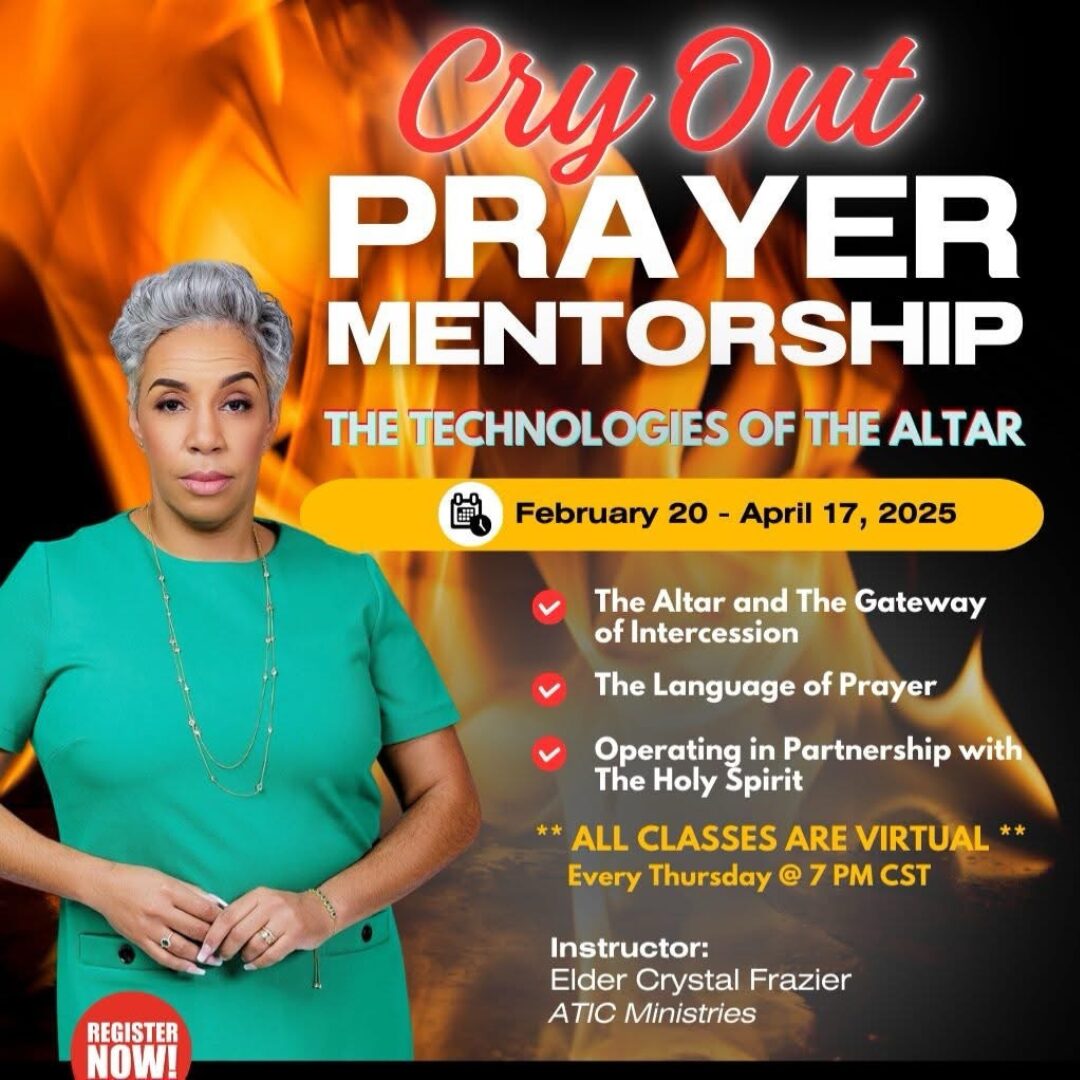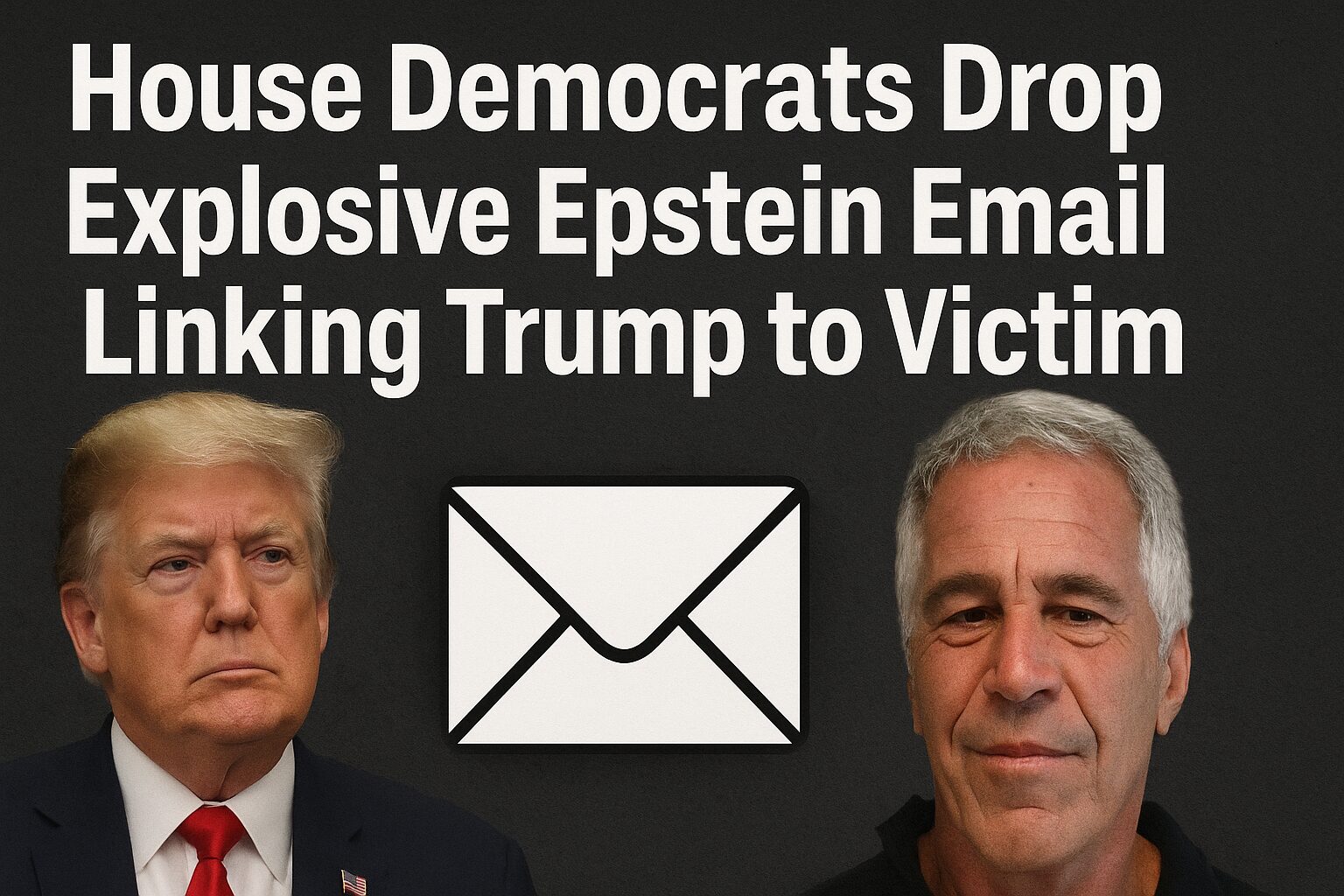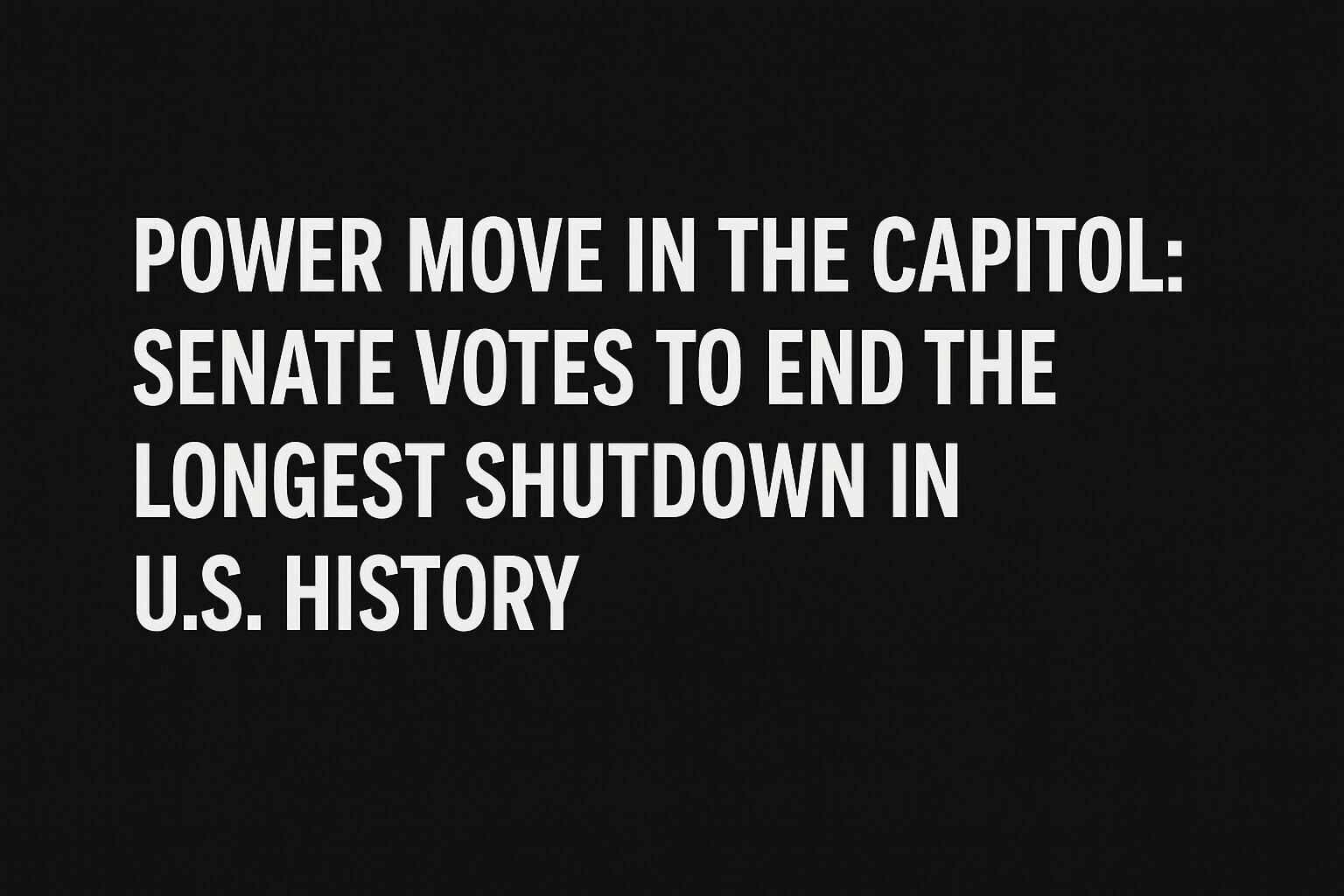Major Takeaways
The U.S. government officially reopened after weeks of political gridlock that disrupted millions of lives and slowed economic growth nationwide.
Federal workers, small businesses, and urban communities were the hardest hit, exposing how fragile public systems become during shutdowns.
The reopening is temporary, setting the stage for another potential showdown unless Congress passes a long-term funding plan.
Powerful Facts About the Government Reopening and What It Means for Americans
After weeks of heated political battles and finger-pointing across party lines, the United States government is officially back open for business. Federal workers are returning to their offices, agencies are resuming services, and the ripple effects of the shutdown are starting to settle. But for millions of Americans, the question remains: what really happened, and what happens next?
This reopening follows a tense stretch of negotiations that pushed the country to the edge of economic uncertainty. The temporary resolution may have ended the immediate crisis, but it exposed deep divisions in Congress and raised serious concerns about how government gridlock is affecting regular people especially those in working and middle-class communities.
For many, this latest political showdown was more than just another headline. It was a reminder that decisions made in Washington have real consequences on Main Street.
What Led to the Shutdown
The conflict began when lawmakers failed to agree on a federal spending bill before the deadline. Disagreements over budget priorities particularly in areas like border security, public health funding, and social safety nets created a stalemate that lasted weeks. As negotiations dragged on, federal agencies began running out of money, leading to partial shutdowns that impacted hundreds of thousands of workers.
While both parties pointed fingers, the effects trickled down to everyone from small business owners waiting on federal loans to families dependent on food assistance programs. Many Americans saw it as another example of political dysfunction in Washington leaders too focused on power plays and not enough on problem-solving.
For context, the federal government employs more than two million civilian workers, and when a shutdown happens, many of them are either furloughed or forced to work without pay. Air traffic controllers, TSA agents, and national park staff were among those who reported working through the uncertainty. For others, the shutdown meant canceled paychecks, delayed benefits, and lost economic activity in their communities.
The Human Toll of Political Games
While Washington debated, families across the country struggled. In cities like Atlanta, Detroit, and Houston, federal workers stood in food lines, relying on community pantries to feed their children. Rent payments were missed, car notes were delayed, and credit cards became lifelines.
In Jackson, Mississippi, where federal offices play a key role in the local economy, the shutdown’s impact hit close to home. Many families had to tighten budgets, delay payments, or lean on relatives to get by. Local business owners also reported a dip in foot traffic and spending.
“It’s like everything stopped at once,” said one federal employee who requested anonymity. “You keep hoping Congress will figure it out, but after a while, you realize you’re just a pawn in a game you didn’t sign up for.”
The economic damage goes beyond paychecks. When government spending halts, it affects contracts, construction projects, and even school programs tied to federal grants. The longer a shutdown lasts, the more it chips away at public trust.
How the Deal Finally Happened
The breakthrough came after late-night negotiations between congressional leaders and the White House, which resulted in a short-term spending agreement. The deal funds the government through early next year, giving lawmakers more time to hash out long-term budget issues.
While the compromise avoided further damage, it’s more of a band-aid than a cure. Both parties made concessions, but few believe this marks the end of fiscal fights in Washington. The same issues that caused the shutdown budget priorities, spending limits, and ideological divisions are still unresolved.
Political analysts say the reopening was driven largely by public pressure. As polls showed frustration with both parties, lawmakers were forced to act. Many voters viewed the standoff as reckless, especially given the fragile state of the economy.
The Economic Ripple Effect
Shutdowns aren’t just political theater they carry real economic consequences. Analysts estimate that each week of government closure costs the U.S. economy billions in lost productivity and spending. Federal workers often spend their paychecks in local communities, and when those paychecks disappear, small businesses feel the pain.
In Washington, D.C., where government jobs make up a large portion of the workforce, restaurants and shops saw sharp declines in sales. But the ripple effects reached everywhere from contractors in Alabama to farmers in Iowa waiting on crop payments. Airports also faced long lines and delays as staffing shortages grew worse.
The recovery process, experts say, will take time. Even though back pay has been authorized for federal employees, it doesn’t erase the stress, uncertainty, or financial strain caused by weeks without income. And contractors who make up a significant portion of the federal workforce won’t receive compensation for lost workdays.
The Bigger Picture: A Dysfunctional Congress
What’s become clear is that shutdowns are no longer rare. In fact, they’ve become a bargaining tool in partisan battles over everything from immigration policy to healthcare spending. This latest episode underscores just how polarized American politics has become and how ordinary citizens are often the collateral damage.
In a functional democracy, budget debates should end in compromise. But in the current climate, compromise is treated like surrender. Both parties are under pressure from their bases to hold firm, even if it means the government stops functioning.
Political experts say this cycle is dangerous. Each shutdown erodes confidence in government institutions and sends a message to the world that America can’t manage its own finances. As one economist put it, “The United States can’t afford to keep turning its budget process into a hostage situation every year.”
Impact on Urban Communities
For urban communities, especially those already facing economic challenges, the shutdown’s effects are magnified. Federal programs that provide housing assistance, childcare support, and workforce development funding were delayed or disrupted. Families waiting on housing vouchers or small business loans found themselves stuck in limbo.
In cities like Chicago, Baltimore, and New Orleans, local nonprofits had to step in to fill gaps left by frozen federal services. Community food banks saw spikes in demand. Urban transit systems that rely on federal maintenance funds were forced to cut back on repairs and upgrades.
Many residents in these communities are already skeptical about government priorities. When shutdowns happen, that skepticism grows stronger. For them, the reopening isn’t just a return to normal it’s a reminder that stability shouldn’t depend on political gamesmanship.
Federal Workers Speak Out
As workers clocked back in this week, emotions ranged from relief to frustration. For some, the reopening meant finally getting paid after weeks of uncertainty. For others, it felt like a temporary fix that could fall apart again in a few months.
“We shouldn’t have to go through this every year,” said a Social Security employee in Atlanta. “It’s not fair to the people who serve the public every day.”
Unions representing federal workers echoed those concerns, calling for reforms to prevent future shutdowns. One proposed solution is automatic funding for essential services, ensuring that key programs continue even if Congress fails to reach an agreement. That idea has gained traction among both Democrats and moderate Republicans.
Small Businesses Still Recovering
Small businesses especially those near federal buildings or dependent on government contracts took a hard hit during the shutdown. Cafes, dry cleaners, and local shops saw customer counts plummet. Many owners used personal savings or short-term loans to stay afloat.
For entrepreneurs in minority and urban communities, where access to capital is already a challenge, the shutdown added another layer of difficulty. Programs like the Small Business Administration’s loan guarantees were put on hold, halting new approvals. That left startups without critical funding to grow or hire new workers.
Now that the government is open again, business owners hope relief funds and delayed payments will start flowing soon. But for many, the damage has already been done.
Political Fallout and What’s Next
The political fallout from the shutdown could have long-term consequences. Lawmakers on both sides are trying to shape the narrative each claiming they fought for the American people while blaming the other for the chaos. With elections looming, this crisis may become a key talking point for campaigns.
Public trust in Congress remains low, and voter frustration is palpable. Polls show that Americans want leaders who can work together to keep the government running, not tear each other down for political gain. Whether that message translates into action during the next budget fight remains to be seen.
The deal that reopened the government only funds it temporarily, meaning another showdown could arrive early next year if Congress fails to pass a full budget. For many Americans, that uncertainty feels exhausting.
Lessons Learned from the Shutdown
If there’s one takeaway from this entire episode, it’s that the people who keep the country running federal workers, contractors, and small business owners often pay the price for political dysfunction. The shutdown exposed how fragile the nation’s systems can be when leadership falters.
It also showed the power of public pressure. Grassroots movements, social media campaigns, and union efforts played a major role in pushing lawmakers to act. Americans demanded accountability, and that collective voice helped end the impasse.
But the lesson shouldn’t stop there. Experts say it’s time to rethink how the federal government handles budget disputes. Instead of allowing shutdowns to paralyze essential services, there should be mechanisms in place to keep the lights on while negotiations continue.
How This Affects You
For the average American, the government reopening means a return to normal operations. Tax refunds, passport applications, and federal benefit programs are back online. Federal workers will receive back pay, and contractors are resuming projects. But the broader economic effects like slowed consumer spending and delayed loans may linger for months.
If you rely on federal services or programs, expect some delays as agencies work through backlogs. The Internal Revenue Service, for example, is processing a mountain of paperwork. The Department of Housing and Urban Development is catching up on pending applications for assistance.
For cities like Jackson and Las Vegas, where government programs are tied closely to community development, the reopening offers a sense of stability. But residents remain cautious, knowing that another shutdown could easily happen again if Congress fails to act responsibly.
Final Thoughts: A Government That Works for the People
The reopening of the government isn’t just a political event it’s a test of democracy itself. When lawmakers fail to govern effectively, everyday Americans are the ones who suffer. From families missing paychecks to small businesses struggling to survive, the cost of political dysfunction is real.
For communities that depend on stability and fair representation, this moment is a call to action. It’s time to hold leaders accountable and demand a government that prioritizes the people over politics. Because at the end of the day, reopening the government shouldn’t feel like a victory it should be the bare minimum.
